
BY DR. RAVINDER PALL SAINI
IFS ( RETIRED)
MEMBER (BOM),
FOREST RESEARCH UNIVERSITY , DEHRADUN
DEHRADUN, 5 JANUARY 2023
National Bird Day is remembered to understand everything these great animals do and to boost knowledge and awareness for the adversity the feathered species face daily.
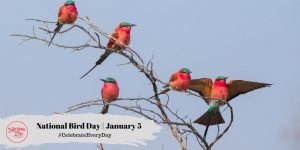
Birds are a phenomenon because they prove to us there is a bigger, cleaner state of being which we may endeavour to accomplish.
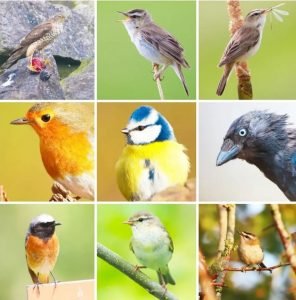
Nature lovers, bird lovers, and bird watchers across the country annually recognize National Bird Day on 5th January.
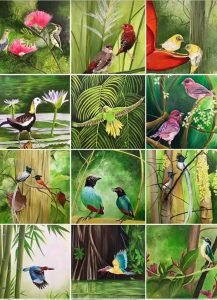
The world is filled with a surplus of different species of birds. From cardinals to doves, from parakeets to parrots. Different people have different relationships with the various species of birds. As such, one could easily imagine that there could be numerous National Bird Days in the world, serving different purposes and perhaps varying by region. What this day refers to, however, is known as National Bird Day, observed primarily in the United States.
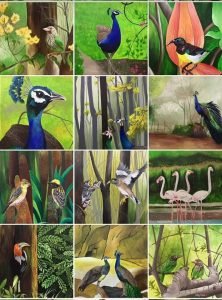
This is a bit unique from instances such as International Migratory National Bird Day, World Migratory National Bird Day, National Bird Day (UK), and several other National Bird Days which do not follow the same etymology as “turkey day”.

BIRDS BY THE NUMBERS
10,000 — the estimated number of species of birds.
2¼ inches — the length of the smallest bird on Earth.
1 —the number of eyes that ducks keep open when they sleep.
50 — the number of words most parrots can learn.
43 mph — the maximum running speed of an Ostrich.
20% — the percentage of bird species that migrate long distances each year.
100 — the minimum number of words that African grey parrots can learn.
50,000 — the number of acorns that woodpeckers are known to hoard.
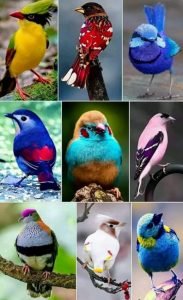
FASCINATING FACTS ABOUT BIRDS
No teeth: No species of birds have teeth.
Birds communicate well. Birds through their chirping and singing, birds can communicate well.

Why birds sing and chirp: One of the reasons birds sing and chirp is to attract a mate.
A group of birds: A group of birds is called a flock.
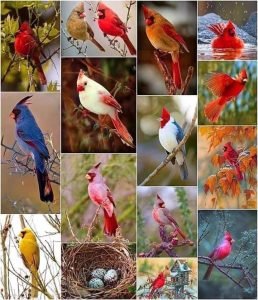
What big eyes you have: Ostriches have the largest eyes of any mammal on land.
Birds are much more than starlings and sparrows:
There are 9,800 species of birds, and while you’re unlikely to glimpse an ostrich or an emu in suburban America, that’s not to say that a little effort and patience won’t yield remarkable birding results. National Bird Day celebrates the broad variety of bird species, including the 850 species that inhabit the United States. Sure, they all have two wings, feathers, and a beak. But there are remarkable differences after that.
Birds are some of the most captivating creatures in the world. They are covered in feathers and come in remarkable colours. From the hummingbird to the perching birds, we have over 18,000 species of birds all over the planet. Many birds fly, while some can jump, run, and swim. Some of them are also quite bizarre.

What would our world look like without birds? Well, we will miss the experience of seeing them beautify the sky on a bright day.
General Facts about birds:
- There are more than 18,000 bird species in the world
There are numerous bird species all over the world. Typically, many scientists estimate the number of bird species to be about over 10,000. However, according to new research, there are about 18,000 bird species in the world.
- Birds are the only animals with feathers
Birds are warm-blooded vertebrate animals that lay eggs. One feature that distinguishes birds from other animals is their feathers. While most birds fly, others, like penguins and ostriches, are flightless birds. However, all birds have feathers, and only birds have feathers. Despite having feathers, the world’s only bird without wings is the Kiwi, native to New Zealand.
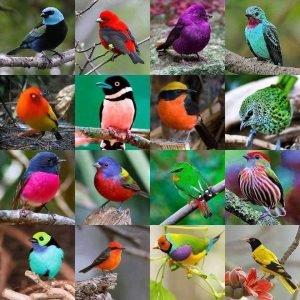
- All female birds lay eggs
Whether or not a female bird has a mate, they can all lay eggs. For example, chickens with red earlobes lay brown eggs. There is a genetic link between the red ear lobes and the colour of the eggs. The Araucana and Ameraucana chicken species lay green or blue eggs. The smallest bird egg comes from the hummingbird. Female birds generally increase their reproductive activity depending on the environmental changes to prepare for egg-laying and taking care of their chicks. After laying their eggs, the baby birds mature and hatch out of the shells. Birds create nests to incubate their eggs and take care of their chicks.
- We can find birds all over the continents of the world
With thousands of bird species, birds are the only creatures that we can find in every continent of the globe across South America, North America, Africa, and so on. Birds can occupy different environments. They also migrate from one habitat to another as the season changes to find food or seek shelter for their young.
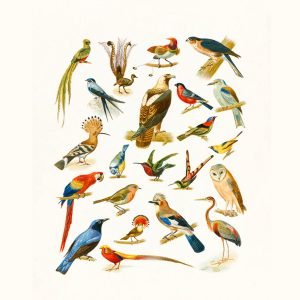
- Birds flock together to protect themselves.
A group of birds is called a flock. Birds in a flock belong to the same species and move together in a coordinated fashion. Flocking has various benefits for different species. It helps to protect most species against predators. Flocking helps them stay alert, as they can all look in different directions. A predator could become distracted or confused when they see a flock swirling around, making it difficult to target one prey. For other species like the geese, flocking provides additional benefits. The V formation of the geese helps them reduce flying energy. When a bird in front flaps its wings, the bird at the back benefits from it, feeling the impact of the air. This is useful when a bird is injured or smaller in size.
- Crows can recognize human faces
You may not want to pick a fight with crows. Crows that belong to the raven family are incredibly intelligent birds. They can recognize the face of humans and even navigate human environments. They even mourn the death of their family.
7.The fastest bird in the world?
The peregrine falcon is the fastest bird, with a jaw-dropping flight speed of more than 185 miles per hour when diving. However, these wild birds don’t make the top ten fastest on a level flight. The spine-tailed swift flies faster at over 100km per hour on level flight.
8.Birds communicate with colour and sound.
You will have, no doubt, heard the squeaking or whistling sounds of birds as you stroll through a park or natural environment. That is the sound of birds communicating with one another. Communication sounds include squeaks, singing, whistles, gurgles, warbles, trills, rattles, and many other bird sounds in the bird world. Some birds also communicate using non-vocal methods. You may see a bird beating the air with its wings essentially to establish a territory. The Wilson’s snipe bird spreads its special tail feathers as it takes a downward dive. It beats its wings gathering air within its feathers to create a winnowing sound. The snipe does this during courtship.
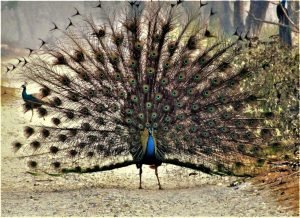
Sounds are also not the only way birds communicate. They also communicate with visual displays. For blackbirds, the male birds puff up their feathers and show off their colourful shoulders. Female birds select their mate based on how colourful, or attractive the male bird appears.
So why do birds communicate? Birds communicate to establish territory, find food to eat, call on their mate, signal the presence of danger, and other reasons.
9.Bird courtship lasts longer than copulation.
A pair of birds can take a longer time in courtship than the very act of copulation. In the bird world, courtship behaviour starts from claiming territory and wooing a prospective mate using visuals and auditory displays like dances, songs, and spectacular flights. Male birds show off their health and strength to a female bird, trying to convince her that he is the best mate.
Once the female bird accepts the invitation, mating takes place. The male bird takes a position on top of the female bird. The female then exposes her cloaca for easy penetration. This takes only a few seconds. The birds may mate several times during their mating period. This could take a week or more.
Bird species like kiwis, ostriches, ducks, swans, and geese do not have a cloaca but have a penis instead. After mating, the birds stay around to nest and grow their young.
Environmental bird facts
- Birds act as pollinators, transferring seeds and nutrients as they fly from one region to another. They also play a significant role in agricultural production. They eat unwanted pests on livestock and crops, which helps to prevent the depletion of crops and outbreaks of pests.
- Bird faecal matter acts as an important fertilizer
From the tiniest hummingbird to the heaviest bird, birds are easily one of the most fascinating animals in the world. They are intelligent and simply captivating to watch. Let’s conserve birds.
Advertisement:














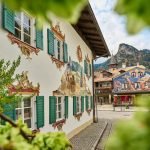











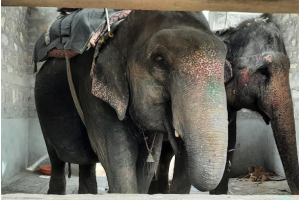








Add Comment